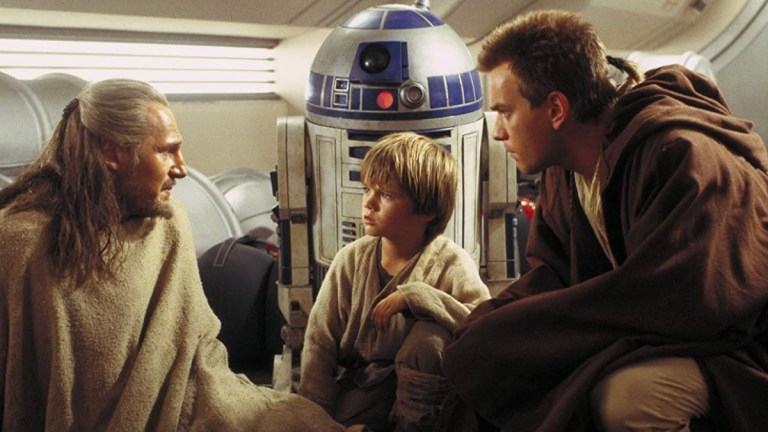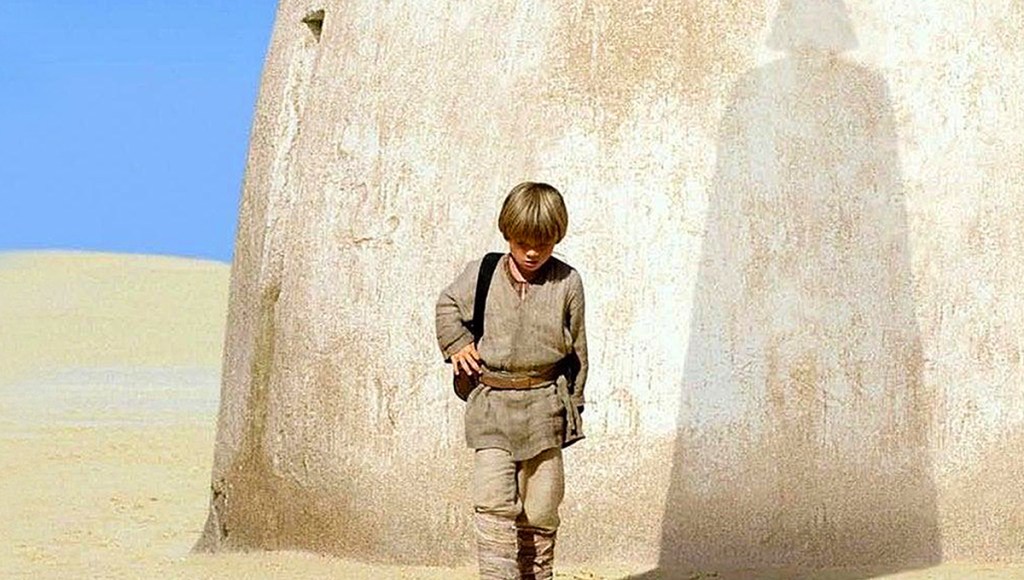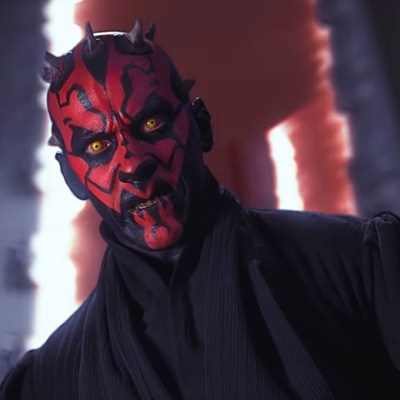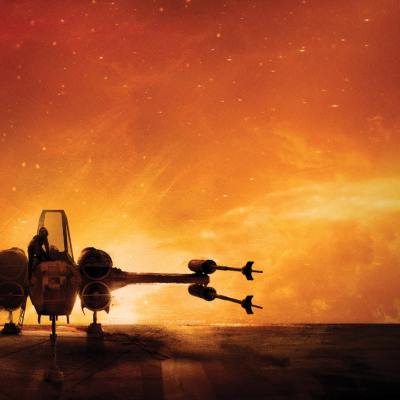Did Young Anakin Skywalker Actually “Destroy” Star Wars?
George Lucas’ choice to make Anakin Skywalker a child in Star Wars: The Phantom Menace was initially met with resistance from Fox.

The Star Wars Prequel Trilogy has never ceased being the center of debates, even after Disney bought the franchise and released the Sequel Trilogy, which has become equally, if not more, controversial. Among the plethora of perceived prequel problems, creator George Lucas’ choice to depict Anakin Skywalker as a child in mega-hyped 1999 trilogy launcher The Phantom Menace remains one of the most controversial. It’s no wonder the studio set to make the new movie with Lucas was so worried about this twist.
“You’re going to destroy the franchise; you’re going to destroy everything!” is what 20th Century Fox executives told Lucas when he pitched Anakin Skywalker, a.k.a. the dark, towering, iconic movie villain Darth Vader, as a cheeky child (played by Jake Lloyd) in the first Prequel Trilogy offering. The recollection of this rather prescient criticism comes from the book, The Star Wars Archives 1999–2005 by Paul Duncan, in which Lucas (via Polygon) provides a number of untold behind-the-scenes stories about the making of the Prequels.
Stream your Star Wars favorites right here!
Of course, the concept of a Prequel Trilogy centering on Anakin’s arc from “Chosen One” of the Jedi Order to the mechanically wheezing scourge of the galaxy sounded intriguing enough, and Fox execs were said to have been initially excited by the notion at face value. Indeed, a Vader origin trilogy sounded perfect during the film’s developmental process in the mid-to-late 1990s, by which time the original Star Wars trilogy had graduated from a timely film phenomenon into something intrinsically ingrained into global pop culture, especially since terms like “prequel” and “reboot” were still new to the industry. Yet, the concept of focusing on Anakin as a child was a shocking caveat to what otherwise seemed like a movie destined to print money. Lucas, however, stood his creative ground and told the equally-perplexed team at Lucasfilm that he was purposefully “making a movie that nobody wants to see” rather than a glorified retread of the Original Trilogy.
While, in hindsight, starting with an older Anakin might have resulted in a better protagonist for the Prequels, Lucas apparently thought that the character’s relationship and emotional separation from his mother was the most important aspect of his introduction and eventual arc toward the dark side. As Lucas explained in a 1999 interview with Empire, “I knew if I’d made Anakin 15 instead of nine, then it would have been more marketable” he said, adding, “If I’d made the Queen 18 instead of 14, then it would have been more marketable. But that isn’t the story.”
Yet, while Star Wars had always been lucratively tailor-made to capture the imagination of children, the franchise had never taken shape as a story about children, which at the time were often overly-fantastical, unserious in tone, and tended to alienate adult audiences. Thus, Lucas’ idea made the folks at Fox understandably incredulous, fearing how the long-awaited films would change the franchise’s perception.
Ultimately, Lucas made The Phantom Menace the way he wanted to make it. And to many fans and critics, Lucas having unfettered control over the Prequels is the main cause of the overall trilogy’s aimlessness.

Nevertheless, initial criticism over Lucas’ choice was temporarily silenced upon the release of The Phantom Menace’s first bit of ephemera, its unforgettable teaser poster. Set on the familiar desert setting of Tatooine, the image (pictured above) depicts a young Lloyd’s Anakin—holding a backpack, indicative of his leaving home for a galactic adventure—locked in deep thought as the planet’s binary sun casts a shadow on the hut behind him shaped like…Darth Vader. This was a gloriously poetic piece of art that whetted rabid fans’ appetites around the world for Lucas’ scoffed-at “Kid Vader” concept. By the time the film’s monumental teaser trailer made its Nov. 20, 1998 debut in theaters, fans stowed whatever misgivings they may have had and generally embraced the notion of Anakin as a child, even if some red flags were visible in retrospect, showcasing some unnecessarily silly moments.
After The Phantom Menace made its long-awaited arrival on May 19, 1999, the general consensus—which came about after an initial period of shock and a bit of denial—was that Young Anakin was a poor choice of a protagonist for myriad reasons. While it’s very true that Lloyd unjustly absorbed much of the blame and became an early victim of the more toxic elements of fan culture, it’s hard to deny that Anakin being a child completely hindered the key relationships the trilogy needed him to cement in the first film—both the mentor/adversarial one with Ewan McGregor’s Obi-Wan Kenobi and the romantic one with Natalie Portman’s Padmé Amidala. Indeed, most of Anakin’s interactions are with Liam Neeson’s Qui-Gon Jin, who ended up dead by the end of the film, making the minutes we watched them develop a relationship feel wasted. As a result, audiences had to wait for 2002 follow-up Attack of the Clones, which is set several years later with Hayden Christensen playing a teen version of Anakin, to kick-start the character dynamics that should have been the center of the trilogy from the beginning.
But did Young Anakin actually “destroy” Star Wars? No, not really. For one thing, the franchise is still here and enjoying billion-dollar successes on the big screen decades after the release of The Phantom Menace. You also can’t ignore the fact that many children sitting in theaters in the late ’90s actually connected with Young Anakin. Lucas has always sustained that Star Wars is a story intended for “12 year olds,” and not necessarily the nostalgic adults in the room. It’s no surprise then that many Star Wars fans who grew up in the ’90s actually have a more favorable view of the character and The Phantom Menace in general, even if others feel Anakin was generally useless in the movie outside of being central to the film’s tacked-on merchandise/video-game-motivated podracing sequence.
Wherever you fall in the debate, most fans can agree that the rest of the Prequel Trilogy was irreparably sidetracked by Lucas’ decision to set The Phantom Menace so early in Anakin’s life, with the rest of the movies forced to play a perpetual game of catch-up that rushed the story and left numerous gaping plot holes. Anakin’s eventual dark side turn in 2005’s Revenge of the Sith would become stultified (arguably rendered absurd) by this unnaturally rapid pace, since his arc never had a chance to be fleshed out and really contextualized. No, Young Anakin didn’t kill the franchise like Fox thought it would — not even close — but he certainly didn’t help the Prequel Trilogy.


